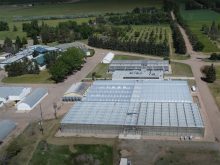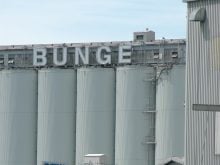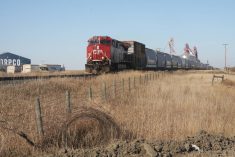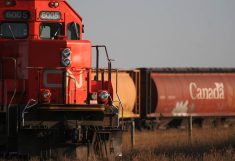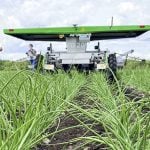Farmland values across the country are making owners smile and buyers sing the blues, especially in Quebec, Ontario and New Brunswick.
The tunes are the same across the West but the smiles are slighter and the lyrics less melancholy.
Rising 11 percent in 1996, national farmland values have been growing since the first half of 1993. The greatest strength occurred between January and July of last year, when farmland values rose by a national average of 6.2 percent.
But in Quebec in the last half of 1996, farmland values jumped 11.2 percent.
Read Also

Manitoba beekeepers battle for survival
Honeybee colony losses have hit 43 per cent, making 2025 the latest in a string of poor bee survival years for Manitoba’s honey producers
Ontario too saw strong increases in the final half of the year from July to January at 8.2 percent, followed by New Brunswick at 5.2 and British Columbia at 4.6.
On the Prairies, Saskatchewan led the way with increases over the same period totaling 4.6 percent, followed by Manitoba at 3.7 and Alberta at 3.5 percent.
Only Nova Scotia, at 1.7 percent and Prince Edward Island, with no change were near average levels of increase, traditionally only slightly higher than inflation.
Land prices have, on average, increased three percent per year since the turn of the century.
The pace of increases in the West fell in the last half of 1996 compared to the first part of the year when increases of 6.3 percent for Saskatchewan, 6.6 percent for Manitoba and 5.8 percent for Alberta were recorded.
The increases were noted in a report compiled by the Farm Credit Corporation of Canada. The data is based on benchmark properties that are located outside urban influence zones and are dedicated to agricultural use.



